#house of wittelsbach
Text

VERY rare photo of Empress Elisabeth “Sisi” of Austria smiling at the camera, 1870s (?) 🤍✨🥹
Source: Pinterest
#awww <3#empress elisabeth of austria#elisabeth of austria#empress sisi#sisi of austria#Austrian royal family#rare#rare photos#house of wittelsbach#duchess Elisabeth of Bavaria#1870s
102 notes
·
View notes
Text
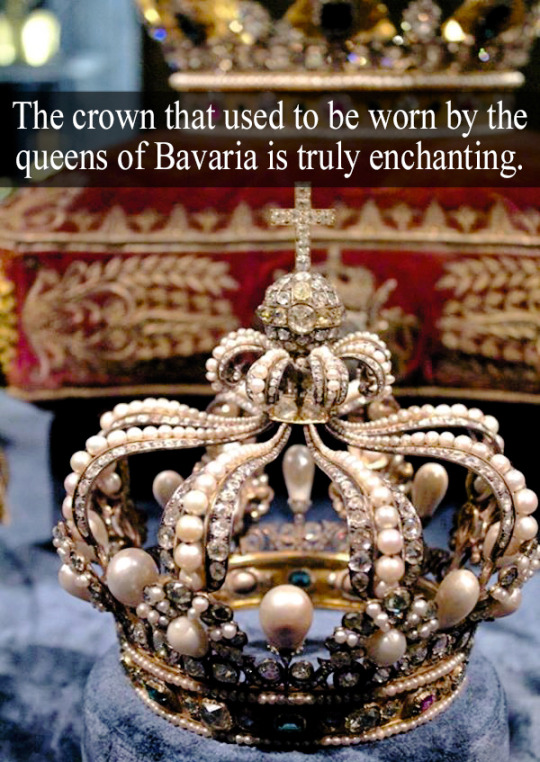
“The crown that used to be worn by the queens of Bavaria is truly enchanting.” - Submitted by cenacevedo15
60 notes
·
View notes
Text

Elizabeth Charlotte of the Palatinate, Duchess of Orléans (1652-1722). By Pierre Mignard.
#pierre mignard#royaume de france#maison de bourbon#maison d'orléans#bourbon orleans#elizabeth charlotte of the palatinate#duchesse d'orléans#madame palatine#liselotte von der pfalz#house of wittelsbach#german aristocracy#haus wittelsbach#museo del prado
14 notes
·
View notes
Text


Letter from Duchess Ludovika in Bavaria to her niece, Countess Théodolinde of Württenberg (née Princess of Leuchtenberg):
Munich, 20 April, 1846
... I would not have thought of taking on a sub-governess, as I have an excellent nanny for the younger girls, with whom my Charles [Karl Theodor] is still with; but Hélène's character makes me wish to separate her from her sister Elise [Elisabeth]; without being mean, she has nevertheless influenced her sister, who is much gentler and of a very conscientious nature, but the elder one undermines her, and I am convinced that it is necessary to separate them as much as possible. My intention is: that the governess should manage the education, but so that she can take care of each one separately, I would like to take Mlle Richelle [?] for fear of detouring from one to the other during this time. Also to take charge of French entirely, and to convey the lessons of M'Zesage [?]. These are my intentions, but I can't make up my mind until I've heard back from the lady to whom I'd like to entrust my daughters. In the meantime I forgot to mention the reason for all these changes, which is that Miss Nembald is marrying Count Spreti, and will be leaving my daughters in the course of the summer! Thank God I always have good news from Louis [Ludwig Wilhelm], who is in such good hands! It's a great reassurance, and the 5 [children] I have left give me, as you can see, no shortage of work. For my Charles, I have the good fortune to have an excellent nanny capable of teaching him German, French, arithmetic etc. like a man, and who imposes more on him than a governor ever did on his brother, because he loves her very much - but it is not a small thing to rule this world! because other than that I have 2 teachers attached to our house who follow us on the campaign, one teacher of religion and the other, universal, for everything, because he teaches everything we can ask including Greek and Latin, for the boys and music. I kept him when Louis left, as he had only been with us for a few years. If he had had him earlier, he would have taken his education in a different direction, which would undoubtedly have been more successful...
#how did elisabeth became the wild child and helene the quite one in pop history howwww#anyway interesting letter because it shows ludovika was the one in charge of her kid's education#and it also shows it was a pretty conventional education for the time. note how greek and latin was only ''for the boys''#and also how the nanny can teach ''like a man'' because she *check's notes* knows maths#btw the letter was in french! this doesn't seem to have been usual for ludovika since all the other letters are written in german#with the exception of this and two others for theodoline. you can take a beauharnais out of france but not france out of a beauharnais#ludovika of bavaria duchess in bavaria#theodolinde of leuchtenberg countess of württenberg#empress elisabeth of austria#karl theodor duke in bavaria#helene in bavaria hereditary princess of thurn und taxis#duke ludwig wilhelm in bavaria#house of wittelsbach
24 notes
·
View notes
Text
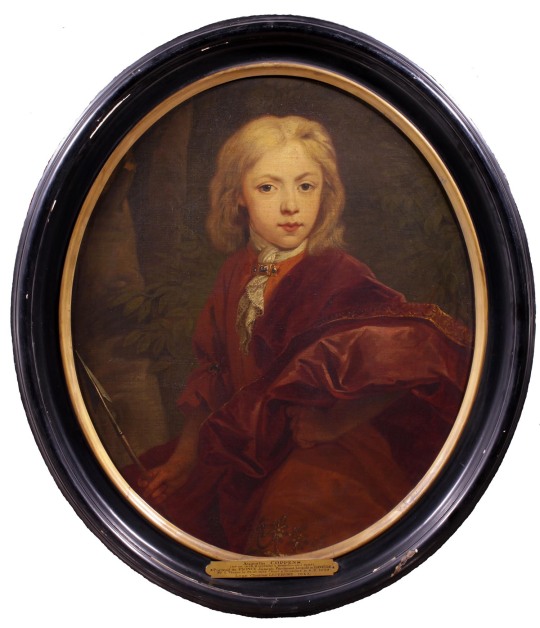
Portrait of Prince Joseph Ferdinand of Bavaria. By Augustin Coppens.
#augustin coppens#haus wittelsbach#bayern#bavaria#monarquía española#josé fernando de baviera#casa de baviera#german aristocracy#house of wittelsbach
19 notes
·
View notes
Photo

Princess Mathilde of Bavaria, 1898.
#Princess Mathilde of Bavaria#house of wittelsbach#wittelsbach#german royalty#German royal family#german royals#1898#1890s#victorian#colored photography#colored#b&w picture coloring#bavarian royal family#1890s fashion
213 notes
·
View notes
Photo

A portrait of Maria Josepha of Bavaria, Holy Roman Empress as the second wife of Joseph II.
#maria josepha of bavaria#holy roman empress#18th century#18th century art#house of habsburg lorraine#house of wittelsbach#long live the queue
38 notes
·
View notes
Text




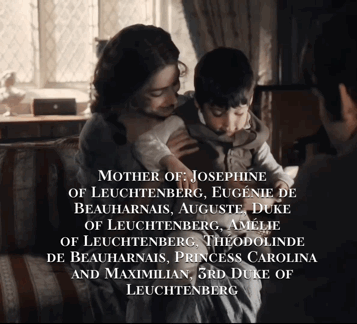
she was described as very amiable, charming and remarkably beautiful. She was an exemplary wife and mother, and she was well-loved by her family and her in-laws [she is also the half-aunt of empress elisabeth "sisi" of austria] ❦
fc: mine
#princess augusta of bavaria#princess augusta#princess of bavaria#duchess of leuchtenberg#morwenna chynoweth#morwenna carne#poldark#poldarkedit#ellise chappell#period drama edit#period edit#history edit#fancast#house of wittelsbach
5 notes
·
View notes
Text
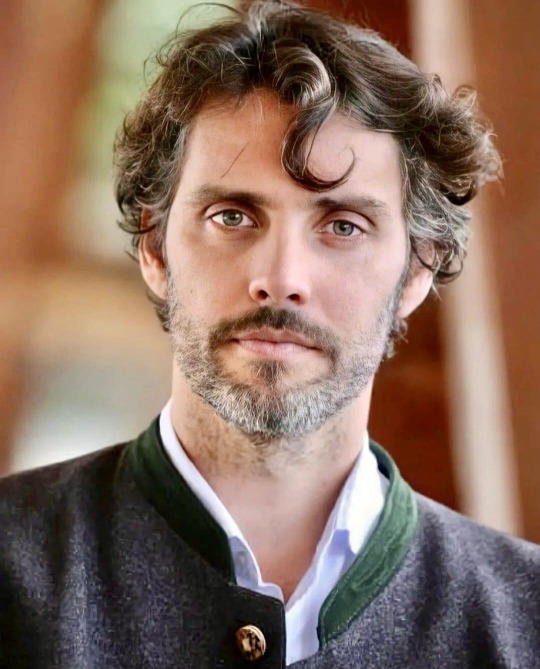
Prince Ludwig Heinrich of Bavaria (1982-). He’s the grandson of King Ludwig III of Bavaria.
0 notes
Link
Prince Ludwig and his Dutch-Canadian wife, Sophie Evekink, celebrated with a reception hosted at the palace by Ludwig’s cousin and Head of the House of Wittelsbach, Duke Franz of Bavaria. Dressed in their finest hats and sharpest suits, family and friends congregated beneath a cloudless sky in the sprawling grounds to toast the newlyweds.
0 notes
Link
Ludwig (1973)
Richard Wagner
Luis II fue más excéntrico de todos los Wittelsbach, esa neurótica dinastía que gobernó durante siglos los destinos de Baviera. Excéntrica fue su infancia transcurrida entre los muros de los castillos y palacios de Múnich y la Selva Negra, con profesores de francés que le enseñaban la lengua del Rey Sol. Castillos de escaso mobiliario en los que pinturas murales de un romanticismo exacerbado relataban escenas de los nibelungos y otras antiguas leyendas germánicas. Educado con mucha rigurosidad, sin entrar en contacto con otros niños excepto su hermano menor, desarrolló una fuerte imaginación, tendencia al aislamiento y un pronunciado sentido de la soberanía absoluta del monarca, más propia del Antiguo Régimen que de un siglo donde los privilegios reales desaparecían con cada nueva revolución.
En su adolescencia asistió a una representación del Lohengrin de Richard Wagner en la Ópera de Múnich, y se convirtió de la noche a la mañana en el admirador más febril e incondicional del músico, cuyos dramas líricos basados en la mitología germana lo entusiasmaban por su romanticismo y por el heroísmo de sus personajes, con los que se sentía identificado. A los 18 años, después de la repentina muerte de su padre, subió al trono sin experiencia ni de la vida ni de la política. Educado en un catolicismo cerrado, Luis II creía firmemente que la monarquía era una condición recibida por la gracia de Dios. En realidad, era un monarca constitucional, un dirigente estatal con derechos y deberes y poca libertad de movimientos. Por ello construyó su universo personal paralelo, un fantástico mundo alejado de la realidad, donde podía sentirse como un verdadero rey. La otra pasión de Luis II fue la edificación de castillos colosales. Para su diseño contrató los servicios del pintor y escenógrafo Christian Jank, fascinado por las ambientaciones que había hecho para óperas de Wagner.
A principios de los 70, Luchino Visconti llevaba mucho tiempo soñando con realizar una película sobre la dinastía maldita de los Wittelsbach. Le interesaba desarrollar la relación entre el trono, el escenario artístico, la razón y la locura. Y, sobre todo, quería recuperar para el cine la figura de la emperatriz Isabel de Austria, la mítica Sissi, y hacerlo con la misma actriz que la había encarnado en esa edulcorada trilogía de películas alemanas de los años 50: Romy Schneider. Visconti dejó de lado la preparación de su adaptación de En busca del tiempo perdido, pero no se alejó del universo proustiano. La reconstrucción de época de su Ludwig iguala en su minuciosidad a la de El Gatopardo. Leyó todos los documentos y testimonios que existen sobre el rey. Los descendientes de los Habsburgo le prestaron muebles, trofeos de caza, platería, grabados, cuadros. Visconti decidió filmar el 90% de las escenas a la hora del crepúsculo, durante la noche o al alba, que eran las horas en las que el rey permanecía despierto. Contó con el permiso para rodar en los castillos de Baviera, donde le parecía que la bruma, la niebla y la lluvia nunca eran suficientes. La exquisitez de Visconti para recrear ambientes y perfiles aristocráticos no tiene parangón en la historia del cine. Su obsesión por los detalles, su reconstrucción de un determinado período es algo que siempre se agradece. Lo suyo no es un “cine de qualite” sino un verdadero trabajo antropológico.
Tras largas dificultades, emergió finalmente ese personaje complejo, excepcional, soñador, nostálgico de su pasado; constructor de grandiosos castillos que no termina de habitar nunca. Su Ludwig es una figura romántica que se rebela contra la época sórdida y materialista que le toca vivir. Un rey que no se resigna a ser un funcionario más dentro de un sistema burgués, y que añora los tiempos en los que el rey era caudillo de su pueblo y mecenas del arte. Su modelo pudo ser Lorenzo de Médicis o Luis XIV, pero eso ya no era posible en la Alemania de Bismarck y de la Revolución Industrial. Desde ese punto de vista se comprende el interés de Visconti en su personalidad: Ludwig es otro más de los "desplazados" que no comprenden su propia época. Como Thomas Mann, como Proust, como el propio Visconti.
Además del protagonista, interpretado maravillosamente por Helmut Berger (que no era buen actor, pero Visconti obraba milagros), el otro personaje central de la película es su prima Isabel. Ya dijimos que el director estaba muy interesado en destruir el mito cinematográfico que había convertido en una estrella a Romy Schneider, y ella aceptó el juego encantada. La figura emperatriz se revela como una mujer desilusionada con su matrimonio, independiente, con fuerte personalidad, que desprecia sus deberes de madre, el juego social y las rutinas de la corte vienesa. Cercana a su primo Ludwig en su búsqueda de la belleza, conserva sin embargo la cabeza. El de Isabel se va revelando finalmente como una gran manipuladora, incluso para con los miembros de su familia.
Aunque en su momento la productora no le permitió hacer el montaje que pretendía y fue reducida en su metraje (la versión disponible actualmente es de 4 horas), y aunque esté plagada de eufemismos para evitar referirse abiertamente a la homosexualidad del rey, Ludwig sigue siendo un film extraordinario.
Franco Maninno arregló composiciones de Wagner y él mismo ejecutó el piano acompañado de la orquesta de Santa Cecilia.
#ludwig#luchino visconti#bayern#franco maninno#historia#locura#ost#romy schneider#richard wagner#house of wittelsbach#lohengrin#italian cinema#sissi#kaiserin elisabeth#banda de sonido#cine
1 note
·
View note
Note
What is your favorite royal house and favorite royal? (and why) conrasts btw!
Hi anon!
I think my favorite royal house obviously has to be the House of Romanov (russian royal family)!! This is the obvious choice because I love NAOTMAA and their life and history, but my love really just spans for them from the 1800s and up really. The early Romanovs aren’t my specialty nor my favorites.
But other royal houses that I love that stretch far beyond the 1800s are The Hapsburgs (Austria and Spain), The Wittelsbachs (Bavaria), The Tudors (England), The Hohenzollerns (Germany), and the many other royal houses of England (the Anglo Saxons, Normans, Plantagenets, Stuarts, Hanoverians, Saxe-Coburg and Gothas, and Windsors. These are all awesome because they just have such RICH history!
Thank you for your ask!
12 notes
·
View notes
Text
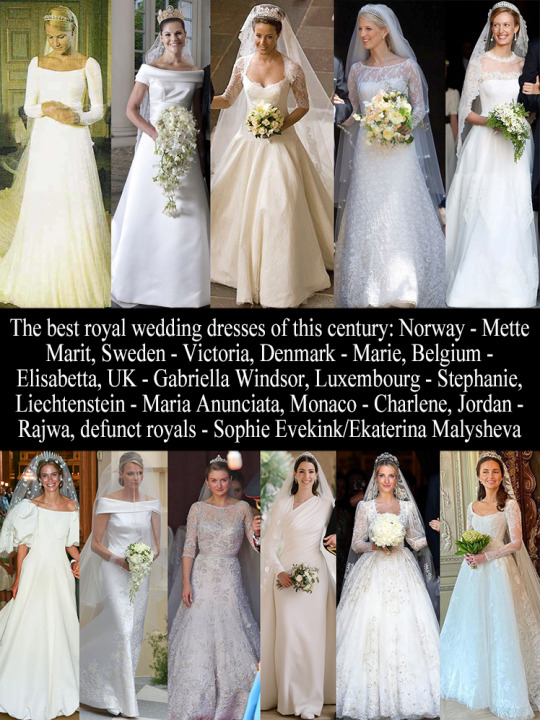
“The best royal wedding dresses of this century: Norway - Mette Marit, Sweden - Victoria, Denmark - Marie, Belgium - Elisabetta, UK - Gabriella Windsor, Luxembourg - Stephanie, Liechtenstein - Maria Anunciata, Monaco - Charlene, Jordan - Rajwa, defunct royals - Sophie Evekink/Ekaterina Malysheva” - Submitted by Anonymous
#wedding dress#crown princess mette marit#crown princess victoria#lady gabriella windsor#princess marie#archduchess elisabetta#princess charlene#hereditary grand duchess stephanie#princess rajwa#Princess Maria Anunciata of Liechtenstein#Ekaterina Malysheva#house of wittelsbach
19 notes
·
View notes
Text

Prince Rupprecht of Bavaria (1869-1955).
Son of Ludwig III of Bavaria, he was opposed to the Nazi regime in Germany.
After the war he aspired to the restoration of the monarchy in Bavaria. Between 60-70% of the post-war population was in favour of the restoration, due to the good memory of the Wittelsbach government and the anti-Nazi attitude. As late as September 1954, 70 Bavarian parliamentarians declared themselves in favour of the monarchy. But opposition from the American occupation authorities prevented the restoration process going ahead.
6 notes
·
View notes
Text
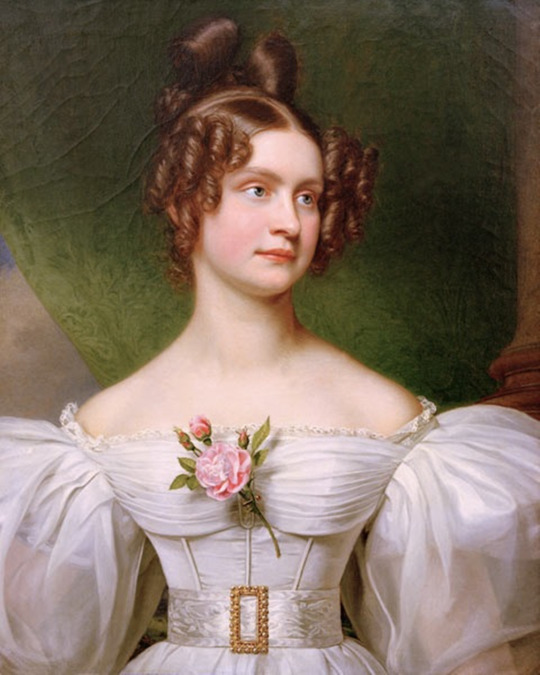

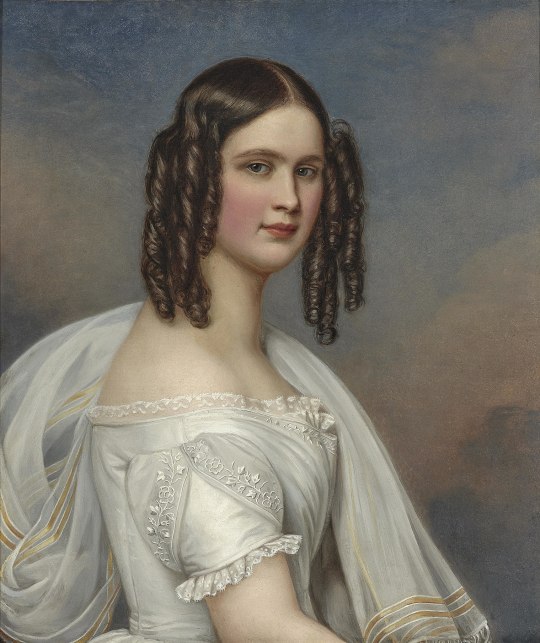
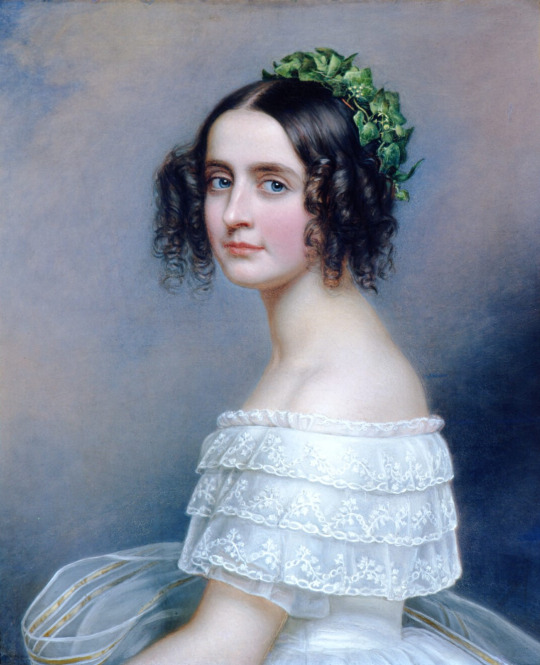
The daughters of King Ludwig I of Bavaria, by Joseph Karl Stieler. Mathilde, Adelgunde, Hildegard and Alexandra.
#mathilde caroline of bavaria grand duchess of hesse and by rhine#adelgunde of bavaria duchess of modena#hildegard of bavaria archduchess of austria teschen#princess alexandra of bavaria#artist: joseph karl stieler#house of wittelsbach
58 notes
·
View notes
Text

Archduchess Sophie of Austria, Princess of Bavaria. By Josef Kriehuber.
#josef kriehuber#kaisertum österreich#haus habsburg lothringen#erzherzogin#archduchess#house of habsburg lorraine#haus wittelsbach#german aristocracy#house of wittelsbach
7 notes
·
View notes